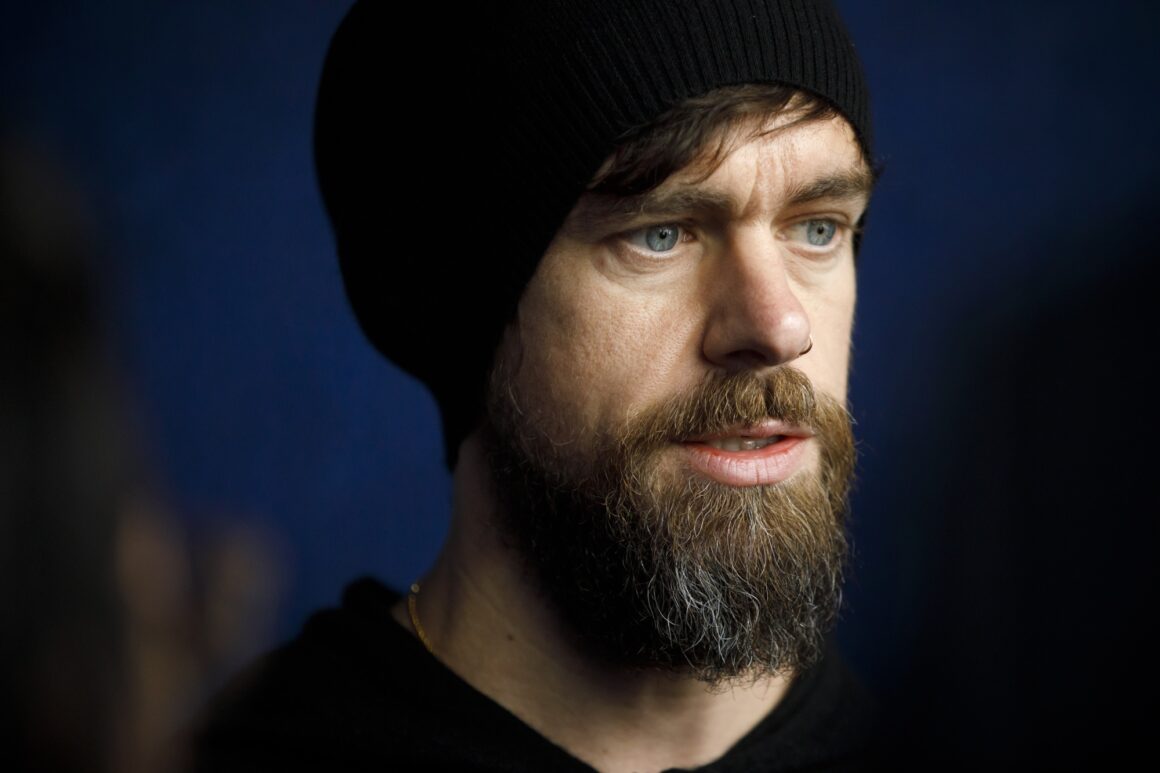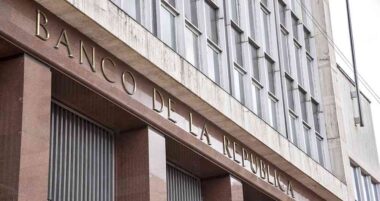- Gridless operates a 500-kilowatt mining station in Kenya using renewable energy sources, including geothermal power from Hell’s Gate National Park.
- Founded by Erik Hersman, the company focuses on decentralizing Bitcoin’s network and utilizing stranded energy to empower rural African communities.
- The startup’s innovative approach provides cheaper electricity and has powered thousands of homes in Kenya, Zambia, and Malawi.
Nestled near the dormant volcanoes of Hell’s Gate National Park in Kenya, a unique Bitcoin mining operation run by Gridless harnesses geothermal and solar energy to power its endeavors. This initiative, supported by Jack Dorsey’s Block, represents a sustainable model in the typically energy-intensive industry of cryptocurrency mining. The site near Lake Naivasha features a single containerized mining rig that epitomizes innovation in leveraging renewable energy resources.
Gridless CEO Erik Hersman emphasizes the mission to decentralize Bitcoin’s network, underscoring the importance of geographical and operational distribution to maintain the currency’s independence and security. The company’s approach not only supports the crypto ecosystem but also addresses critical energy access issues in Africa. By utilizing excess renewable energy, Gridless aids in electrifying rural regions, where over 600 million people lack reliable electricity access.
The broader implications of Gridless’s operations extend beyond energy consumption. By situating its mining operations near renewable sources, the company helps stabilize and financially justify the development of renewable infrastructure. This strategy reduces electricity costs and promotes wider energy availability, which has enabled the electrification of 8,000 households across Kenya, Zambia, and Malawi. Additionally, these operations support local economies by providing power for agricultural storage and community infrastructure, such as public WiFi and electric vehicle charging stations.






